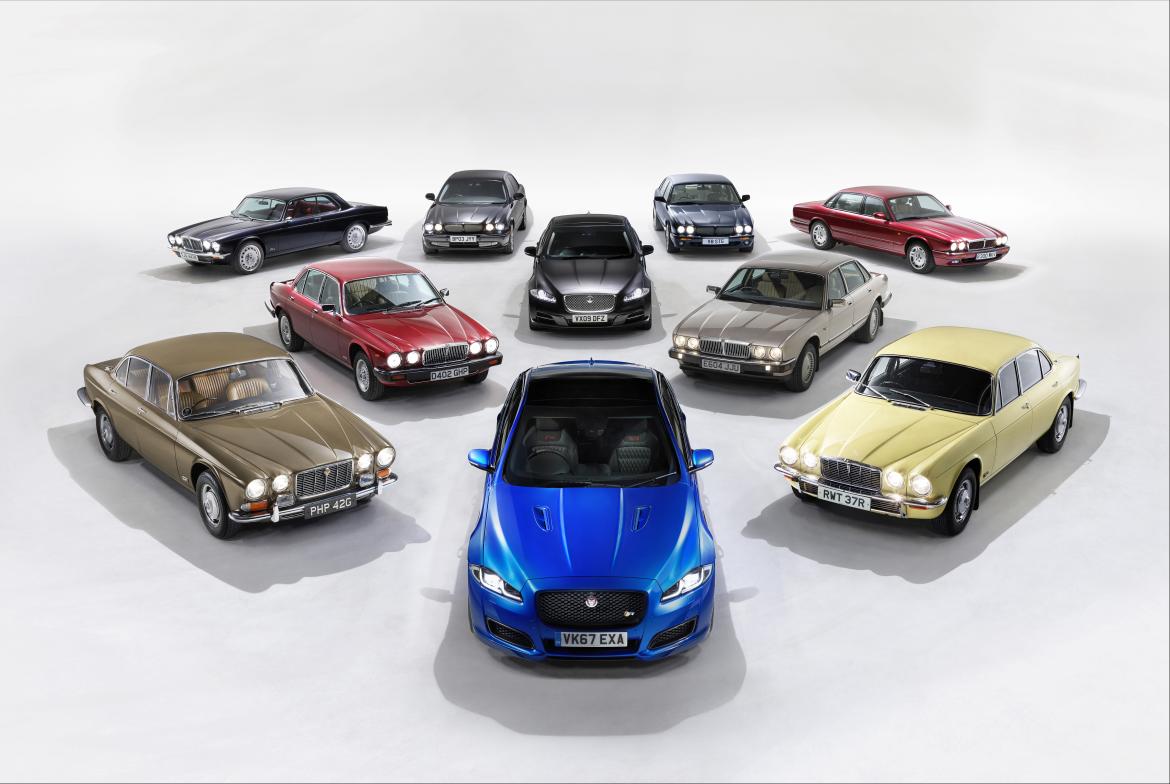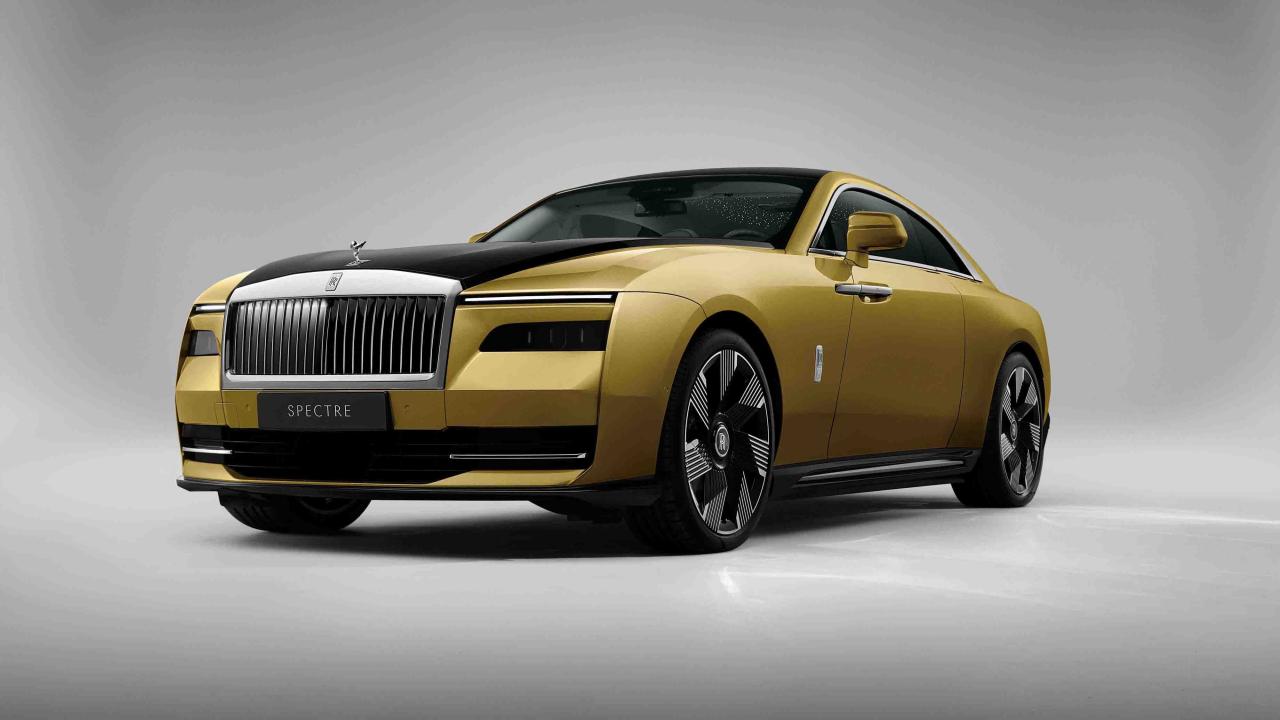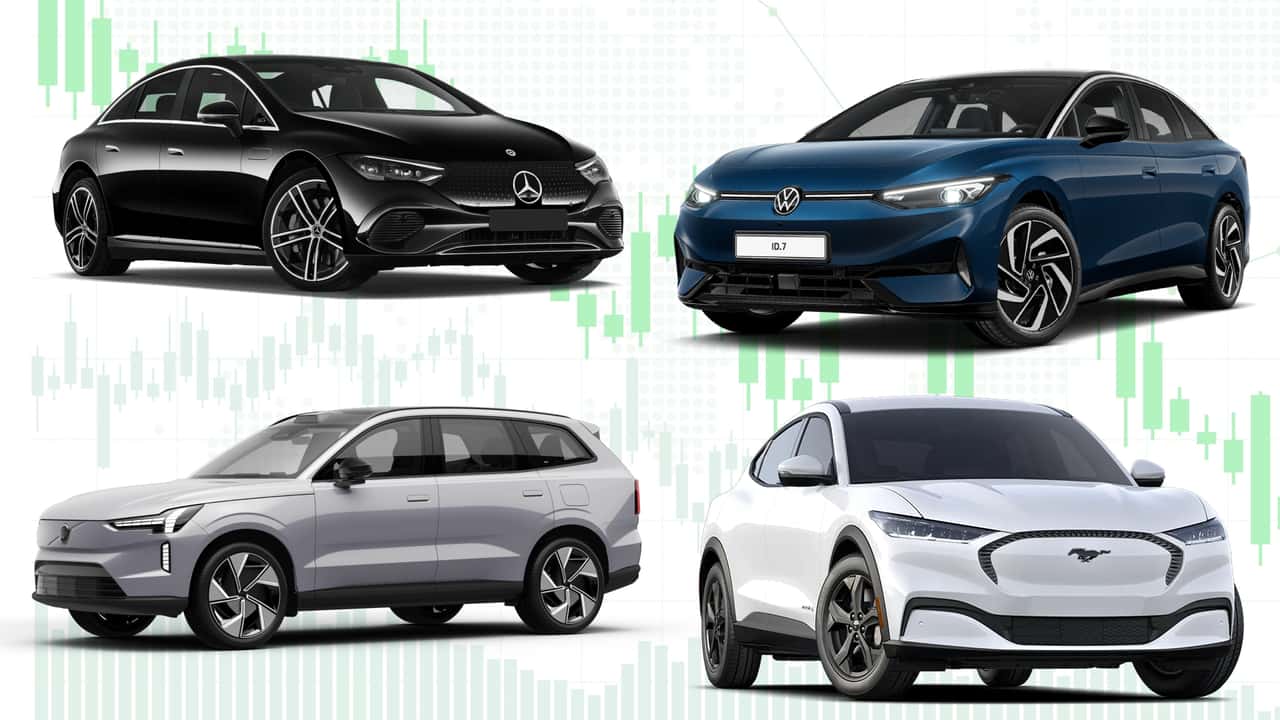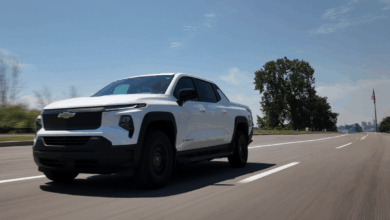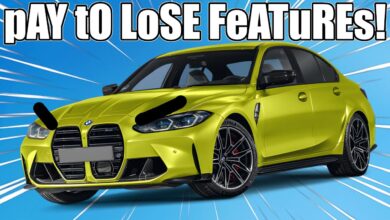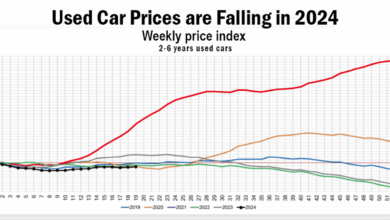Luxury Automakers Embrace All-Electric Future
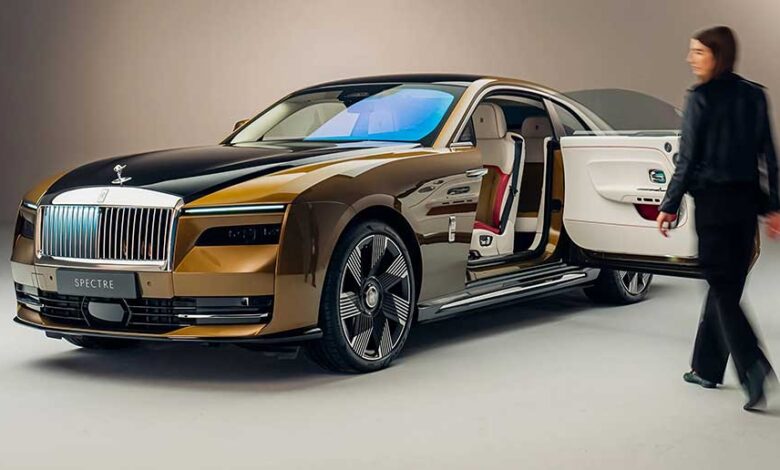
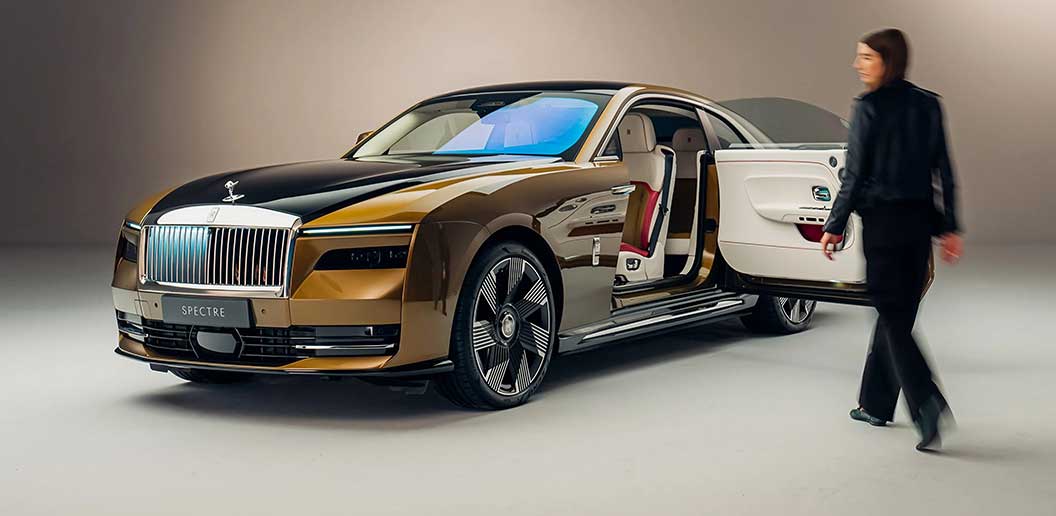
The hallowed halls of the automotive world, once echoing with the refined purr of twelve-cylinder engines and the tactile click of mechanical switches, are undergoing a silent, profound revolution. The symbols of ultimate status and engineering prowess—names like Rolls-Royce, Bentley, Mercedes-Benz, and BMW—are decisively pivoting towards an electric future. This is not a hesitant experiment but a fundamental reinvention of what luxury means in the 21st century. The move is driven by a powerful convergence of environmental imperatives, groundbreaking technology, and a new generation of high-net-worth consumers whose definition of luxury is evolving. This in-depth analysis explores the strategic shifts of the world’s most prestigious automakers, dissects the new era of “digital opulence,” and examines the challenges and opportunities that lie on the road to an entirely electric luxury landscape.
A. The Imperative for Change: Why Luxury is Going Electric
The decision for legacy luxury brands to abandon the internal combustion engines that defined them for a century is rooted in a multi-faceted business and cultural calculus.
A. Meeting Stringent Global Emissions Regulations
Worldwide, governments are implementing aggressive emissions targets and announcing future bans on the sale of new internal combustion engine (ICE) vehicles. For luxury manufacturers, whose high-performance, large-displacement engines often resulted in substantial carbon footprints, electrification is the most viable path to compliance without sacrificing the performance their customers expect.
B. Aligning with a New Generation of Clientele
The next generation of luxury consumers, particularly Millennials and Gen Z, are increasingly values-driven. Their purchasing decisions are influenced by sustainability, technological innovation, and corporate responsibility. Owning a vehicle that is both opulent and environmentally conscious is becoming a powerful status symbol. For these buyers, a silent, zero-emission powertrain is a feature, not a drawback.
C. The Inherent Performance Advantages of Electric Powertrains
Electric motors deliver instantaneous torque, providing breathtaking, silent, and seamless acceleration that surpasses even the most complex twin-turbo V8 engines. This characteristic aligns perfectly with the luxury market’s demand for superlative performance. Furthermore, the packaging freedom of an EV skateboard platform allows for more spacious and serene interiors, the very heart of the luxury experience.
D. Defending Brand Territory from New Competitors
The rise of Tesla, Lucid Motors, and other EV startups demonstrated that a new definition of premium—centered on software, user experience, and autonomy—was captivating the market. Legacy luxury brands could no longer rely solely on their heritage; they had to innovate aggressively to defend their market position and brand relevance.
B. The Vanguard of Electrification: A Brand-by-Brand Analysis
The transition is unfolding in real-time, with each marque applying its unique philosophy to the electric paradigm.
A. Rolls-Royce: The Ultraluxury Electric Spectre
Rolls-Royce made a historic declaration that by 2030, its entire portfolio will be fully electric. The first step in this journey is the Spectre, an electric super coupe that the brand describes as the most perfect product it has ever created.
-
The “Magic Carpet” Ride, Perfected: The Spectre leverages its heavy, rigid battery pack (which acts as 700kg of sound deadening) and near-silent motors to achieve a new level of cabin serenity. The electric powertrain delivers what Rolls-Royce calls “waftability”—the effortless, cloud-like glide that has always been its hallmark—in its most pure form yet.
-
A Design Statement: With the largest grille ever on a Rolls-Royce (now sealed and purely aesthetic) and a fastback “Spirit of Ecstasy” profile, the Spectre is a bold statement that electrification and ultraluxury are not just compatible, but synergistic.
B. Mercedes-Benz: The Strategy of Electric-Only Architecture
Mercedes-Benz has committed to being all-electric by the end of the decade, where market conditions allow. Its strategy is built on dedicated electric vehicle platforms.
-
The EQS and EQE Sedans/SUVs: Built on the dedicated EVA2 platform, these vehicles prioritize interior space and efficiency. The EQS sedan holds the record for the lowest drag coefficient of any production car (Cd 0.20), maximizing range. The Hyperscreen, a massive, pillar-to-pillar glass dashboard, redefines the digital cockpit as a centerpiece of luxury.
-
The Performance EV Pinnacle: Mercedes-AMG
The high-performance AMG division is embracing electrification with vehicles like the AMG EQS. Utilizing bespoke electric motors, a high-performance battery, and fully variable all-wheel drive, these models deliver staggering acceleration and track capability that redefines electric performance luxury.
C. BMW: The Flexible Transition Path
BMW has taken a more gradual approach with its “Power of Choice” strategy, which includes ICE, plug-in hybrid, and fully electric models on flexible architectures.
-
The BMW i7 and iX: The flagship i7 sedan and the innovative iX SUV represent the pinnacle of BMW’s current electric offerings. The i7 features a massive 31.3-inch Theatre Screen that descends from the headliner for rear-seat passengers, while the iX showcases a minimalist, sustainable interior with materials like olive leaf-tanned leather and open-pore wood.
-
The “Neue Klasse” Platform: Looking forward, BMW is developing a dedicated electric vehicle platform called “Neue Klasse” (New Class), set to debut in 2025. This marks a strategic shift towards a fully optimized electric architecture that will underpin its future models, promising major leaps in range, charging speed, and digital experience.
D. Bentley: Sustainable Performance and Craftsmanship
Bentley’s “Beyond100” strategy is one of the most ambitious, pledging to become end-to-end carbon neutral by 2030, with a fully electric lineup by that date.
-
The First Electric Bentley (2026): Bentley is developing its first pure EV from the ground up, promising a combination of unprecedented performance, authentic sustainable materials, and a level of digital customization that will allow owners to personalize every aspect of the driving experience and user interface.
-
Legacy of Power, Reimagined: For a brand built on immense torque and effortless cruising, the characteristics of an electric powertrain are a natural fit. Bentley aims to translate its “effortless wave of torque” and handcrafted opulence into the electric era without compromise.
C. Redefining Opulence: The New Pillars of Electric Luxury
The electric vehicle is not just replacing the engine; it is reshaping the very definition of luxury on four key pillars.
A. The Sanctuary of Silence
Without the noise and vibration of an internal combustion engine, the pursuit of cabin serenity reaches new heights. Acoustic engineering becomes paramount, with brands using double-glazed glass, advanced sound-deadening materials, and active noise cancellation to create a mobile “wellness pod” that shields occupants from the chaos of the outside world.
B. The Digital Atelier and Personalization
The physical craftsmanship of wood and leather is now joined by digital craftsmanship. Luxury is expressed through vast, high-resolution screens, customizable digital instrument clusters, and ambient lighting systems with thousands of color options. The user interface itself becomes a canvas for personalization, allowing the owner to tailor the digital environment to their mood.
C. Sustainable and Conscious Materials
Opulence is increasingly defined by a clear conscience. Brands are pioneering the use of innovative, sustainable materials. This includes leather alternatives made from mushrooms (Mylo), recycled fishing nets transformed into floor mats, dynamically massaging seats with reduced energy consumption, and open-pore wood trims certified for sustainable sourcing.
D. The Autonomous Chauffeur Experience
For the ultimate luxury—time—autonomous driving is key. High-end EVs are becoming platforms for Level 3 “hands-off” autonomy, where the driver can legally disengage in certain conditions. This transforms the cabin into a mobile office, a living room, or a private cinema, fundamentally changing the value proposition of a luxury vehicle from a driving machine to a curated experience pod.
D. The Inevitable Challenges on the Road Ahead
Despite the bold commitments, the path to an all-electric luxury future is not without its obstacles.
A. The Weight of Electrification
Battery packs are extremely heavy. Managing this weight without compromising the agile, “hunkered-down” driving dynamics that brands like BMW and Porsche are famous for is a significant engineering challenge, often requiring expensive lightweight materials like carbon fiber.
B. The Charging Conundrum
Luxury customers expect flawless, effortless experiences. The current state of public charging—with unreliable networks, confusing payment systems, and variable charging speeds—is a major point of friction. Brands are responding by creating bespoke, members-only charging networks or partnering with third-party providers to guarantee a premium experience.
C. Preserving Brand Soul and Emotional Connection
The engine note of a V12 Ferrari or the mechanical symphony of a Lamborghini is an intrinsic part of the brand’s emotional appeal. How do you replicate that soul in a near-silent vehicle? Some brands are exploring curated, authentic sounds that are integrated into the driving experience, while others are focusing on the new emotional connection formed with breathtaking acceleration and digital intimacy.
D. The Economic Model and Production Scale
The R&D investment for developing new EV platforms and batteries is astronomical. Luxury brands must carefully manage this transition, balancing the high cost of new technology with the need to maintain profitability, especially as they scale down production of their highly profitable ICE models.
E. The Future Landscape: What Comes Next?
The electric revolution in the luxury segment is just beginning. The next decade will see:
-
Hyper-Personalization through AI: Vehicles will learn owner preferences and autonomously adjust everything from cabin temperature and seat massage programs to recommended destinations and driving dynamics.
-
Biometric Integration and Wellness: Advanced sensors will monitor occupant health, adjusting the environment to reduce stress and improve well-being during the journey.
-
Vehicle-to-Everything (V2X) Connectivity: Your luxury EV will become an energy asset, powering your home, sending energy back to the grid, or even charging other vehicles.
Conclusion: An Unstoppable and Transformative Shift
The commitment of the world’s premier luxury automakers to an all-electric future is more than a trend; it is a paradigm shift of historic proportions. It signals that electrification is now the undisputed frontier for innovation, performance, and opulence. The quiet hum of an electric motor is becoming the new sound of status, replacing the roar of combustion. This transition is not about loss, but about evolution—a reimagining of luxury that embraces sustainability, technological brilliance, and unparalleled comfort. For the discerning customer, the future promises vehicles that are not only breathtakingly powerful and exquisitely crafted but also intelligent, conscious, and seamlessly integrated into a digital life. The age of the electric luxury automobile has arrived, and it is poised to be more extraordinary than anything we have seen before.
Tags: luxury electric cars, Rolls-Royce Spectre, Mercedes EQS, BMW i7, Bentley electric, Lucid Air, electric vehicle future, sustainable luxury, EV technology, high-end EVs, premium electric cars, automotive innovation
Category: Luxury Vehicles

